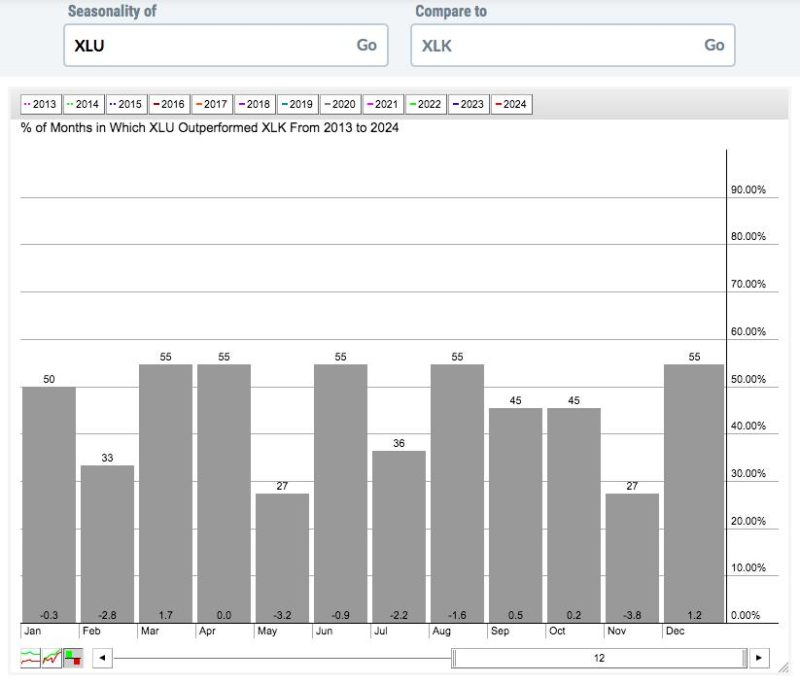Evaluating Risk: The Key to Successful Trading Journey
Learning to navigate the turbulent waters of financial markets is a daunting task that many aspire to conquer. Successful traders are often seen as enigmatic figures who possess a unique combination of skills, knowledge, and dedication. What sets them apart from their less successful counterparts, however, is not merely luck or intuition, but a disciplined approach to evaluating and managing risk.
Risk assessment lies at the heart of every successful trading strategy. It is the ability to assess and quantify the potential downside of a trade that sets successful traders apart. While the allure of high profits may tempt inexperienced traders to take on excessively risky positions, seasoned professionals understand that a conservative approach to risk management is fundamental to long-term success.
Successful traders approach risk evaluation with a systematic mindset. They meticulously analyze market conditions, assess the probability of various outcomes, and develop a well-defined risk management plan. By setting clear stop-loss levels, position sizing based on a predetermined risk tolerance, and incorporating risk-reward ratios into their trading decisions, successful traders are able to protect their capital and minimize the impact of losses.
In contrast, unsuccessful traders often fall victim to impulsive decision-making and emotional trading. Instead of carefully weighing the potential risks and rewards of a trade, they may act on gut feelings or succumb to fear and greed. This lack of disciplined risk assessment can lead to catastrophic losses and undermine their trading performance.
Moreover, successful traders understand that risk is an inherent part of trading and cannot be eliminated entirely. Instead of trying to avoid risk altogether, they embrace it as an opportunity for growth and learning. By continually evaluating and adjusting their risk management strategies, successful traders are able to adapt to changing market conditions and improve their overall performance.
In conclusion, the key difference between successful and unsuccessful traders lies in their approach to evaluating and managing risk. While unsuccessful traders may view risk as a barrier to success, successful traders see it as a challenge to be overcome. By adopting a disciplined and systematic approach to risk assessment, successful traders are able to protect their capital, minimize losses, and ultimately achieve long-term profitability in the financial markets.



























